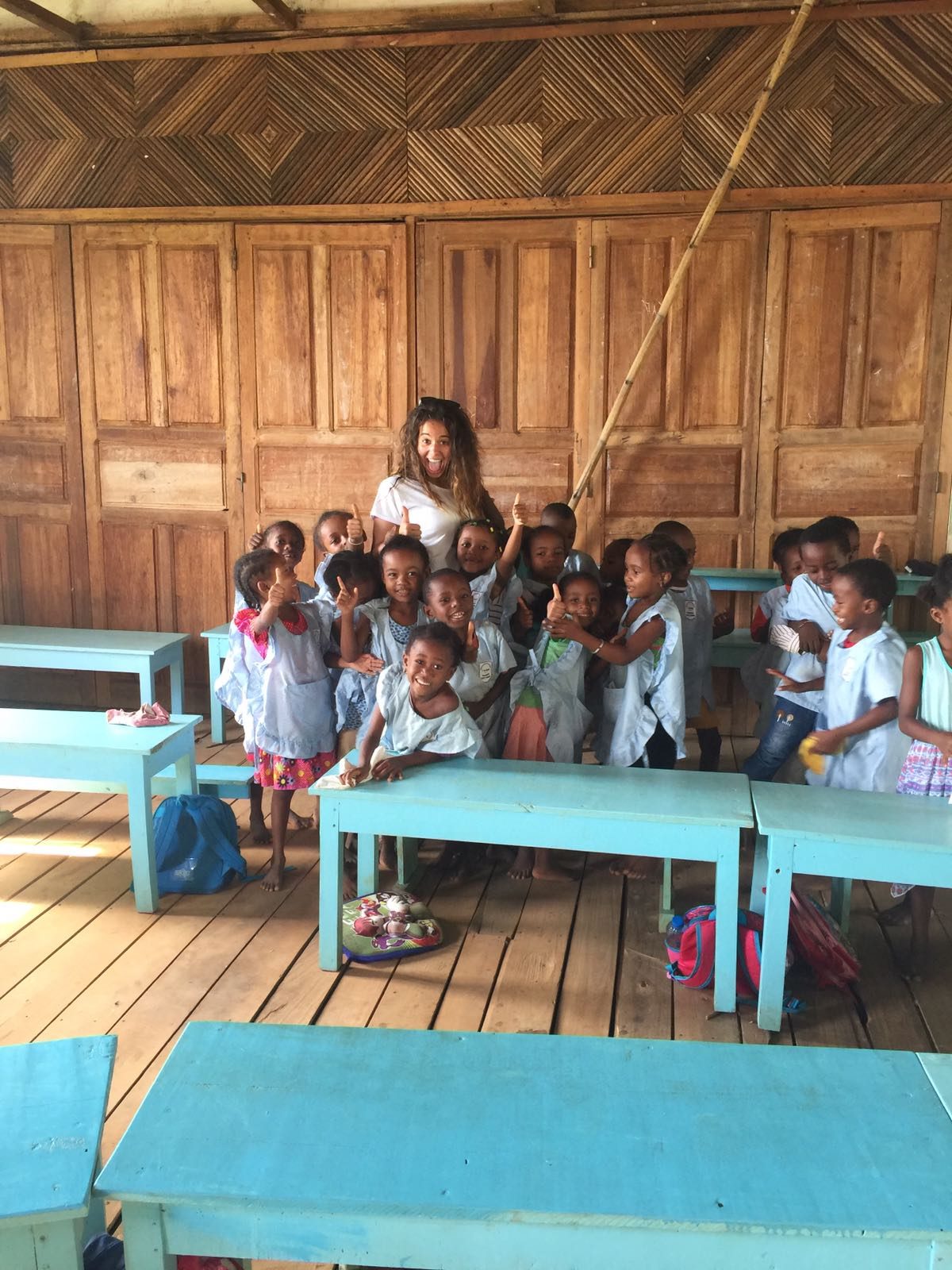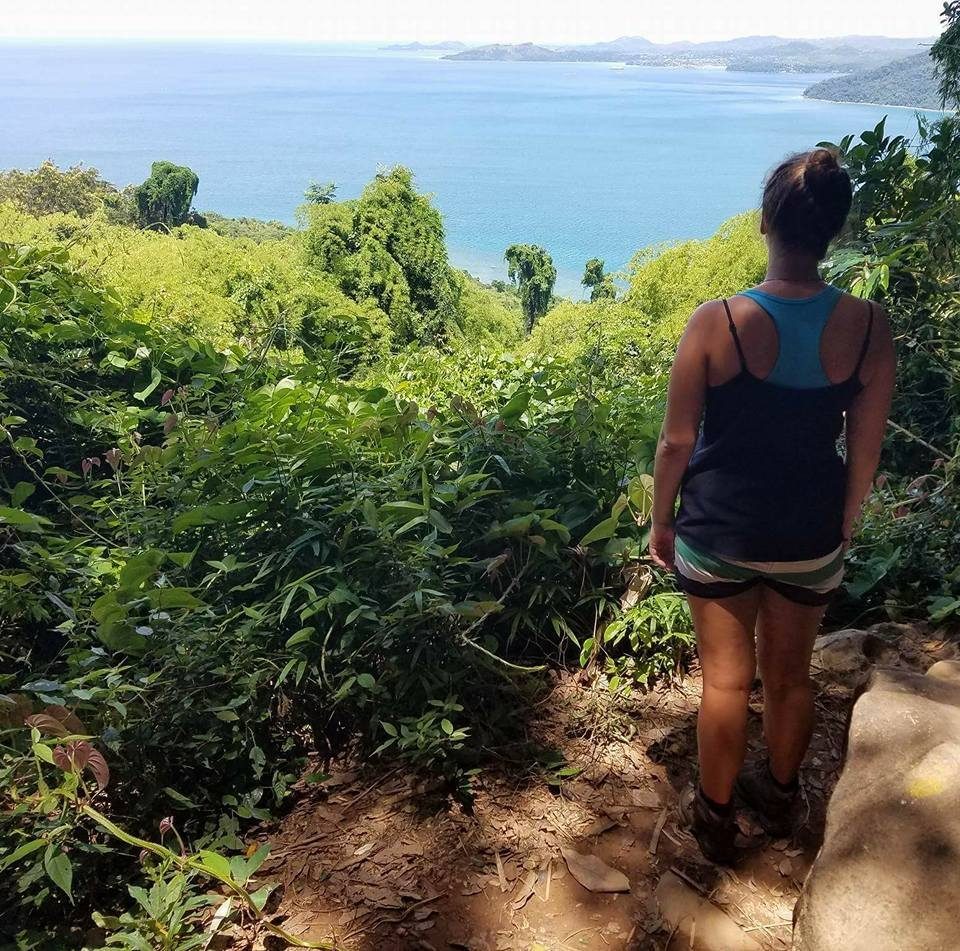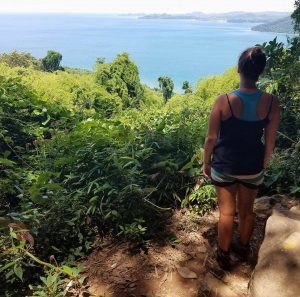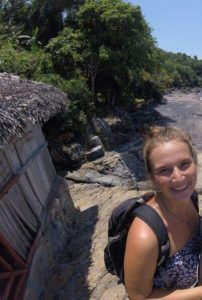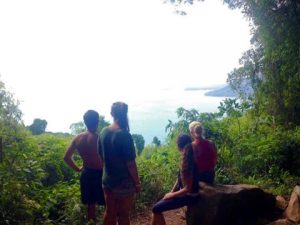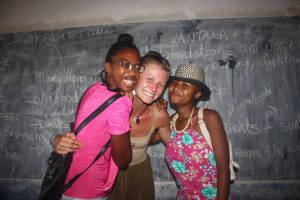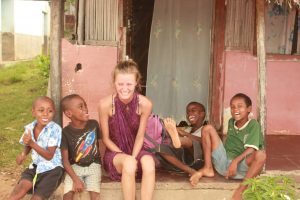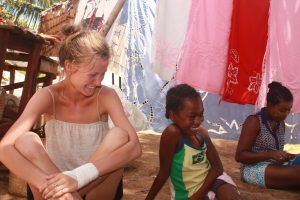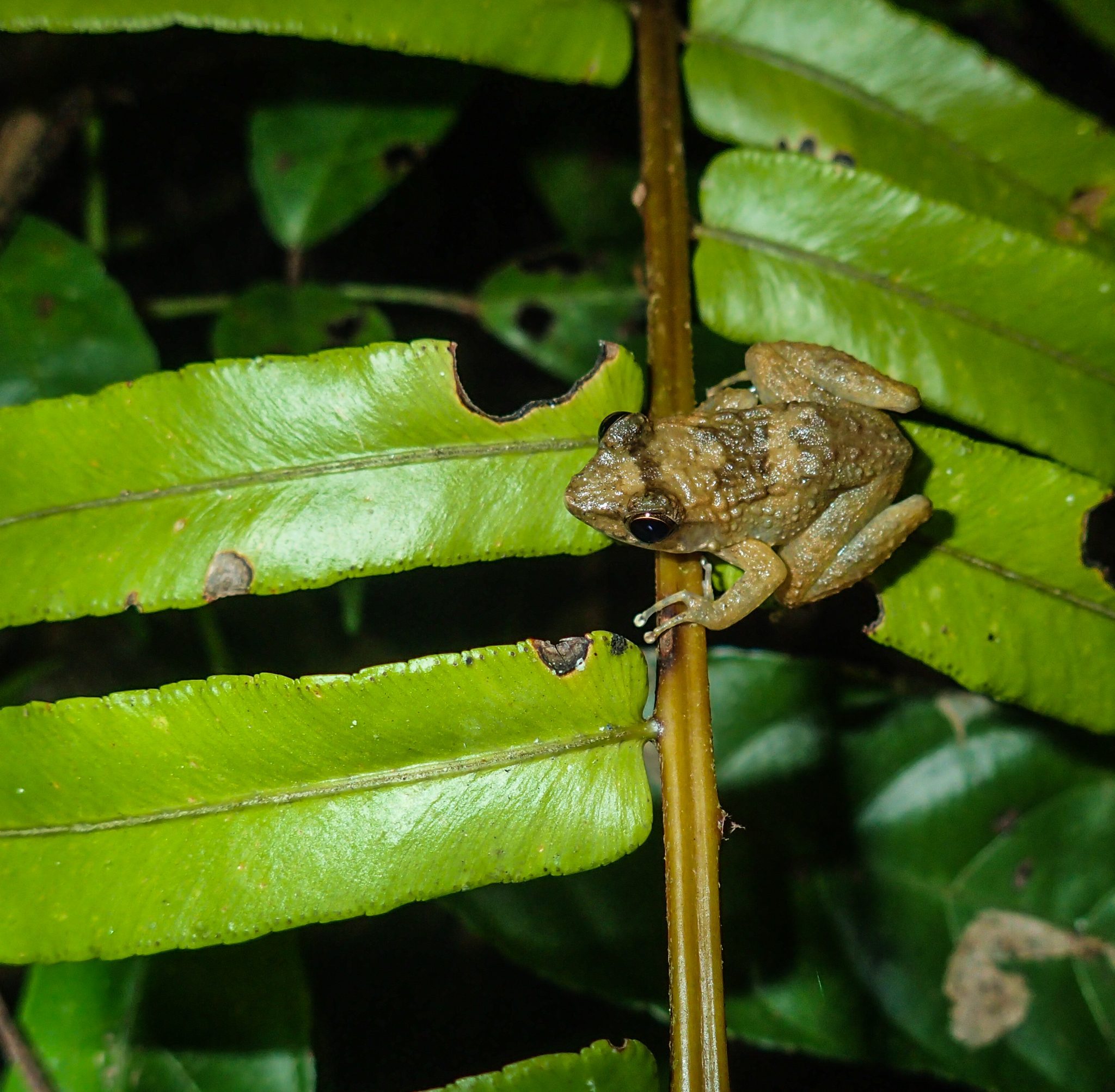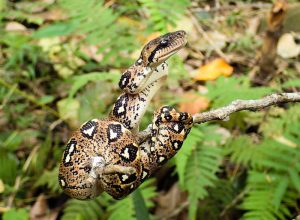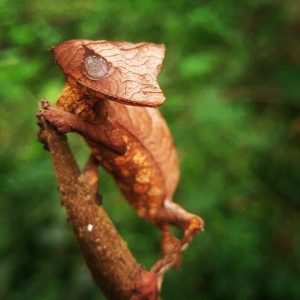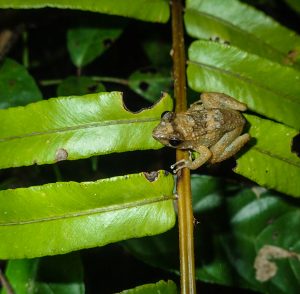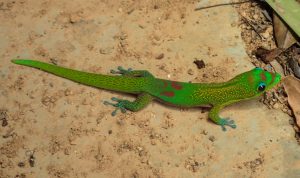Teaching Volunteer’s Memories Will Last A Lifetime
Former teaching volunteer, Hannah Bonecutter, made the most of her short stay with us. We love knowing that while we’re making a difference to the community here, we’re also helping to create wonderful memories to last a lifetime!
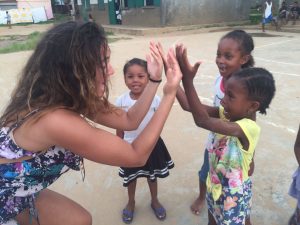 “My visit in Madagascar was absolutely phenomenal! I started out doing the Forest Conservation Program , but then switched to the Teaching Program because I felt I would serve the community best in this capacity for my relatively short 2 week stay on the island. Further, I am a licensed teacher back in America and indeed felt the teaching spirit calling to me much more than the forest conservation one there in Madagascar. Hence, I switched and it was the best decision I made there. The local staff were completely understanding and helpful in this, and needless to say I absolutely loved it! I taught English to all ranges of students from kindergartners in Ampangorina village on Nosy Komba, to older adult students in Hellville city on Nosy Be. I grew quite close to several of my students in Nosy Komba and even had them write me goodbye notes in a book I made before I left.
“My visit in Madagascar was absolutely phenomenal! I started out doing the Forest Conservation Program , but then switched to the Teaching Program because I felt I would serve the community best in this capacity for my relatively short 2 week stay on the island. Further, I am a licensed teacher back in America and indeed felt the teaching spirit calling to me much more than the forest conservation one there in Madagascar. Hence, I switched and it was the best decision I made there. The local staff were completely understanding and helpful in this, and needless to say I absolutely loved it! I taught English to all ranges of students from kindergartners in Ampangorina village on Nosy Komba, to older adult students in Hellville city on Nosy Be. I grew quite close to several of my students in Nosy Komba and even had them write me goodbye notes in a book I made before I left.
The accommodations on camp were quite nice considering the fact that we were in the middle of serious forest and wildlife in Madagascar. I enjoyed sleeping in my Treehouse hut with my fellow hut mates and honestly made good friends on this trip from our volunteer bunch. I enjoyed getting to know people from other parts of the world and learn about their languages and culture
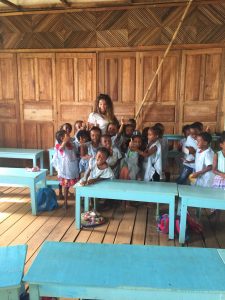 I truly enjoyed every part of this trip so it is hard to choose favorite moments, but here are some. One of them was definitely my weekend trip to the gorgeous island of Nosy Iranja. Simply viewing the sunset on that beach there was breathtaking. Walking across the sand bar that connects the 2 land masses of Nosy Iranja was awesome! Another one of my favorite moments was teaching my students each day. I loved singing songs in Malagasy with my younger students at the church school in Ampangorina. A spectacular moment of my trip was visiting Lemur Park and having the Lemurs hop on my back while I fed them bananas! I also got to hold a Boa Constrictor snake, which was nothing short of amazing. One last favorite moment was eating at a local highly-rated restaurant called Christian’s, where Chef Christian made the most delicious meal for a group of us. The food was fantastic!
I truly enjoyed every part of this trip so it is hard to choose favorite moments, but here are some. One of them was definitely my weekend trip to the gorgeous island of Nosy Iranja. Simply viewing the sunset on that beach there was breathtaking. Walking across the sand bar that connects the 2 land masses of Nosy Iranja was awesome! Another one of my favorite moments was teaching my students each day. I loved singing songs in Malagasy with my younger students at the church school in Ampangorina. A spectacular moment of my trip was visiting Lemur Park and having the Lemurs hop on my back while I fed them bananas! I also got to hold a Boa Constrictor snake, which was nothing short of amazing. One last favorite moment was eating at a local highly-rated restaurant called Christian’s, where Chef Christian made the most delicious meal for a group of us. The food was fantastic!
Luckily, I did not get seriously injured or sick on this trip (as some do because you do a lot of walking over large rocks, climbing, and digestions of potentially uncommon foods and drinks no matter what program you are in), as some volunteers do. I also was very cautious and any cut or bruise I got I treated immediately and effectively. If you do this, and follow safety procedures, you really have practically nothing to worry about.
Overall, this trip was extremely memorable and life-changing. I am so grateful that I was able to do this and I truly feel that I made a positive impact in the communities where I taught in Madagascar. I definitely plan to return to Madagascar in my lifetime and hopefully visit my students again!
Remember: The memories that you make in Madagascar will last you a lifetime, and more”.



